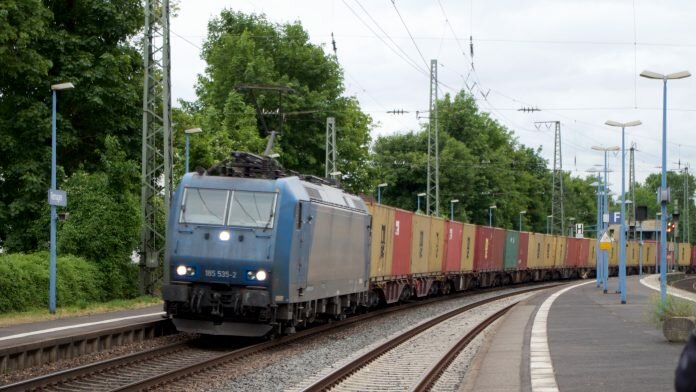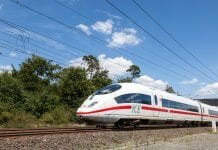
European private sector rail freight transport organisation FERRMED has warned that the EU’s rail harmonisation ambitions are unrealistic.
The EU’s rail harmonisation ambitions seek to considerably improve the interoperability of rail networks between member states, with the major rail freight corridors which form the core of the European network due to be fully interoperable by 2030.
This represents some 50,000km of railway, and at the first meeting of FERRMED’s working group this week, assorted stakeholders from Europe’s rail industry warned that this ambition will be impossible to realise under the current conditions, particularly in light of the EU’s 2030 deadline.
Why does FERRMED feel the plan is unfeasible?
FERRMED has already conducted a global study which will seek to evaluate the feasibility of the EU’s rail harmonisation ambitions. Valentí Ambrós, advisor to the organisation’s president, told RailFreight.com that while harmonisation has been widely discussed, too little action has been taken to make it possible.
He said: “We have organised many conferences where harmonisation was discussed by many people, but we realised that conferences alone will not change the situation. So we have approached the market, and analysed what is needed the most and where. Apart from the network, we have defined the main bottlenecks and carried out a cost-benefit analysis.”
How will the FERRMED working group help?
The lack of action thus far, combined with the scope of the EU’s plans, led FERRMED’s working group to conclude that achieving full interoperability of 50,000km of the European rail network by 2030 is impossible. Instead, the organisation has proposed what it considers a more realistic alternative.
FERRMED has proposed and identified a smaller section of the network, comprising around 15,000km of railway, which incorporates several of the EU’s most economically powerful member states. The organisation estimates that this region accounts for 60% of all rail freight traffic on the core network, meaning that it could form a viable testbed for innovation.
The organisation has also proposed a set of ambitious standards which it feels could be gradually implemented, and could have a significant impact on the efficiency and cost of operating rail services on the network.


















